The design of the handlebar and grip system on kids' bikes plays a crucial role in ensuring both control and comfort for young riders. Here are some ways to optimize these components:
1. Ergonomics and Size
-
Proper Handlebar Width: The handlebars should be appropriately sized for the child's shoulder width to allow natural and comfortable arm positioning. Handlebar width that is too wide or too narrow can cause discomfort and make it harder for the child to control the bike.
-
Adjustable Handlebars: For growing children, handlebars that can be adjusted in height or angle allow the bike to be customized to the rider's comfort level. This feature helps maintain an ergonomic posture and ensures that the child is not reaching too far forward or feeling cramped.
2. Grip Design
-
Soft, Non-Slip Grips: Soft rubber or silicone grips that are non-slip are essential for ensuring a comfortable, secure grip, especially in wet conditions. This also reduces the chances of blisters or discomfort after prolonged use.
-
Grips with Contours or Cushioned Padding: Grips designed with ergonomic contours or padding can reduce pressure on a child's hands, particularly for longer rides. It can also provide a better hold, improving overall control of the bike.
-
Grip Size: Smaller, appropriately sized grips that fit comfortably in a child’s hands can prevent hand fatigue and allow the child to hold the handlebars more naturally, ensuring better control.
3. Handlebar Shape and Sweep
-
Curved Handlebars: Handlebars with a slight curve (or “sweep”) that allow the rider’s hands to be in a more natural, relaxed position can improve comfort. This is especially important for younger riders who may not have the strength to grip straight bars for long periods.
-
Risers or Riser Bars: Handlebars with a riser design (which brings the grips higher) can create a more upright riding position, promoting better posture and reducing strain on the rider’s back and arms.
4. Handlebar Material and Weight
-
Lightweight Materials: Using lightweight materials such as aluminum for the handlebars reduces the overall weight of the bike, making it easier for young riders to control and maneuver. Lighter handlebars also contribute to a more responsive bike.
-
Durable, Impact-Resistant Material: The handlebars should be made from materials that are durable enough to withstand impacts, especially given the nature of children's riding (potential falls or rough handling). Aluminum or steel alloy handlebars are commonly used due to their combination of strength and lightweight nature.
5. Control Features
-
Bar Ends or End Plugs: Installing bar ends or end plugs on the handlebars can prevent injuries from sharp edges and also provide additional safety if the child falls. These components should be padded to reduce the chance of injury.
-
Ease of Grip for Small Hands: For younger children, the grips should be thick enough to allow them to get a secure hold without needing excessive strength. Also, the distance between the grips and the saddle should be short enough that the rider’s arms don’t become fatigued from over-stretching.
6. Integrated Brake Levers
-
Brake Lever Reach: For safety and ease of use, brake levers should be adjustable in reach, especially for children who may not yet have the strength to pull standard levers. Smaller, more ergonomic brake levers that require less effort to operate make braking safer and more accessible for young riders.
-
V-Brake or Linear Pull Brakes: These types of brakes are often easier for kids to operate as they require less hand strength compared to traditional cantilever brakes. Adjusting the lever position can also help children better control braking without straining.
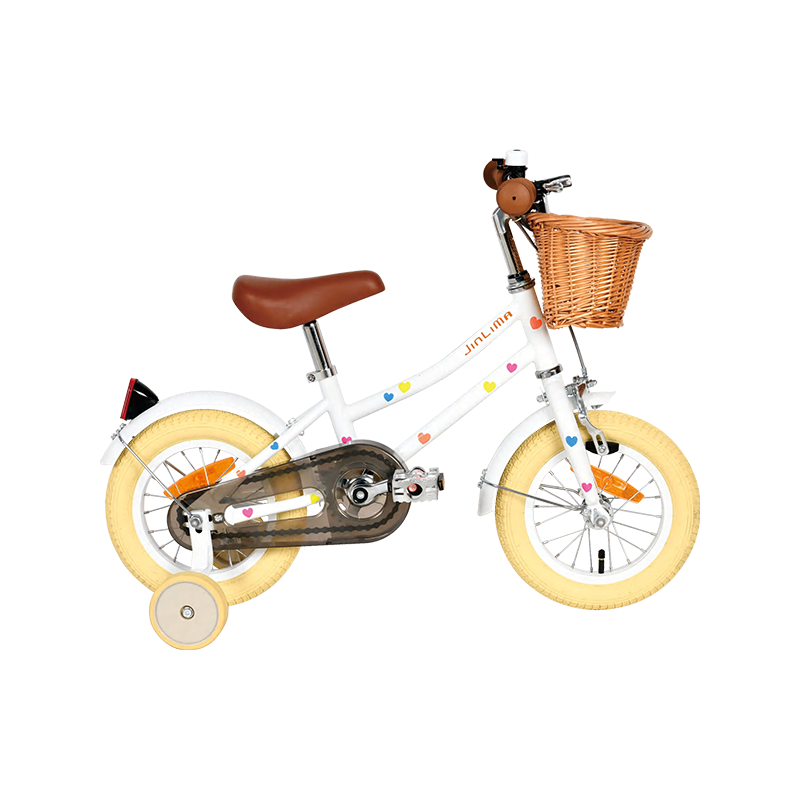
7. Safety Features
-
Padding for Safety: For younger riders or beginners, adding some light padding around the handlebars can minimize the risk of injury in case of falls. This can be especially helpful in bikes designed for toddlers or preschool-age children.
-
Reflectors or Safety Features on Handlebars: Integrating reflectors into the handlebars or grips ensures visibility, enhancing safety while riding in low-light conditions.
8. Visual Appeal
-
Design and Color Choices: For kids, having handlebars with bright colors, fun patterns, or themed grips (such as characters from cartoons or sports) can increase the child’s interest in cycling and make the bike feel more personal. This emotional connection can also encourage more frequent use of the bike.
9. Handlebar Tape (for Older Kids)
-
Grip Tape: For older kids who may be transitioning to more advanced biking, adding comfortable grip tape to the handlebars can improve grip and control. It's also a customizable feature that allows kids to adjust the feel of the handlebars to their preference.
10. Tuning the Handlebar System
-
Handlebar Height Adjustments: Ensuring that the handlebars are set at a height that does not force the rider to bend excessively or stretch too far forward helps improve comfort. Handlebars should be slightly lower than the saddle for better control but not too low to cause strain.


 0
0


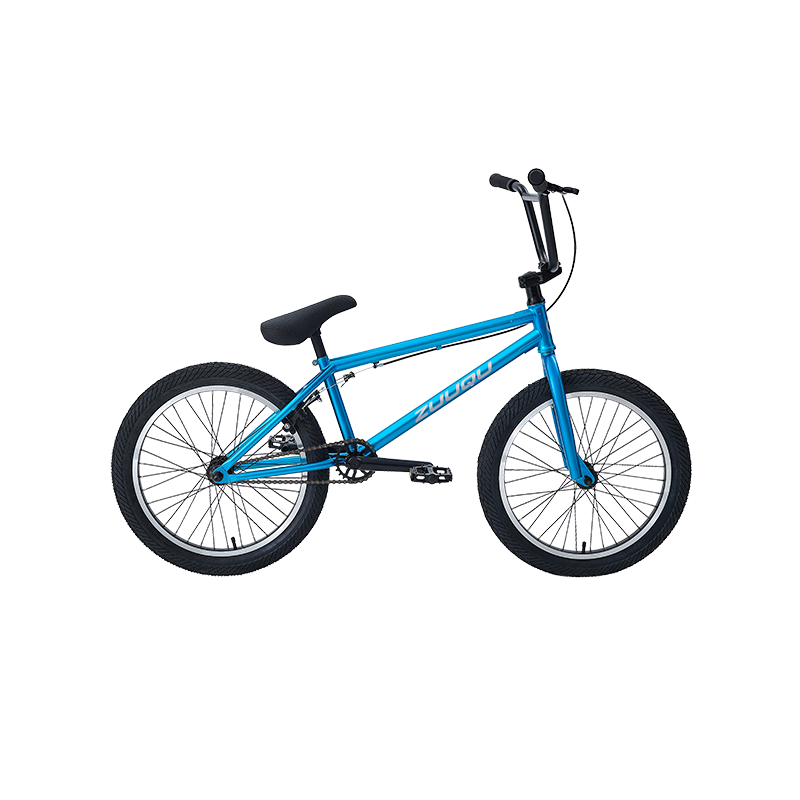

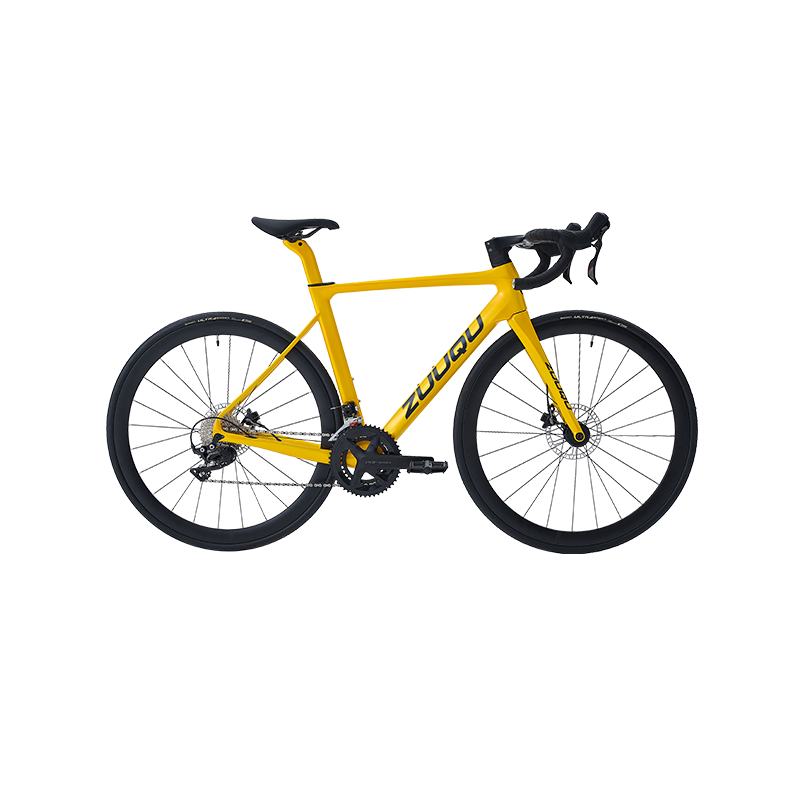
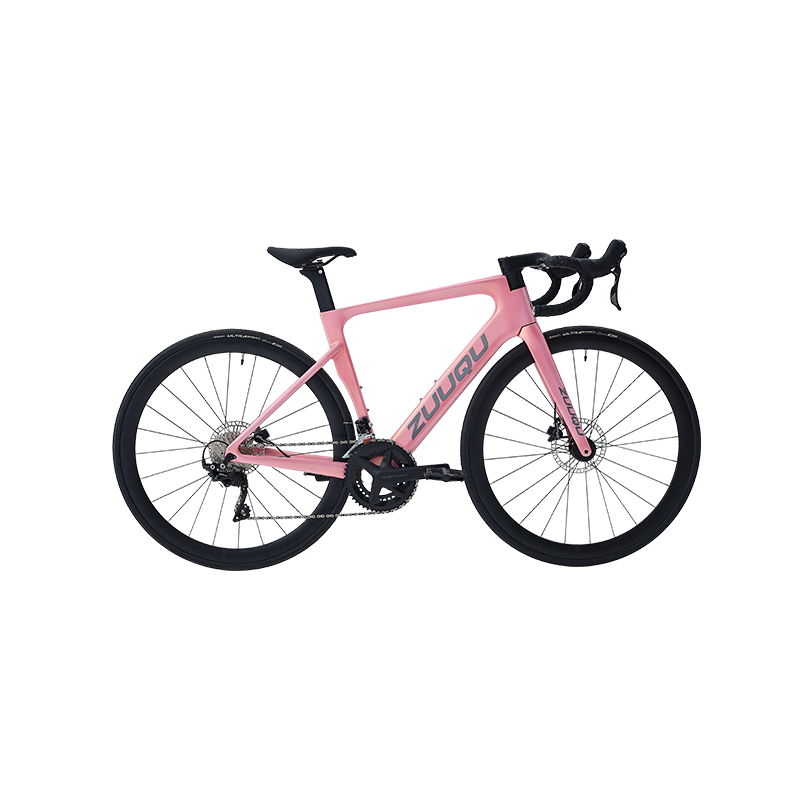
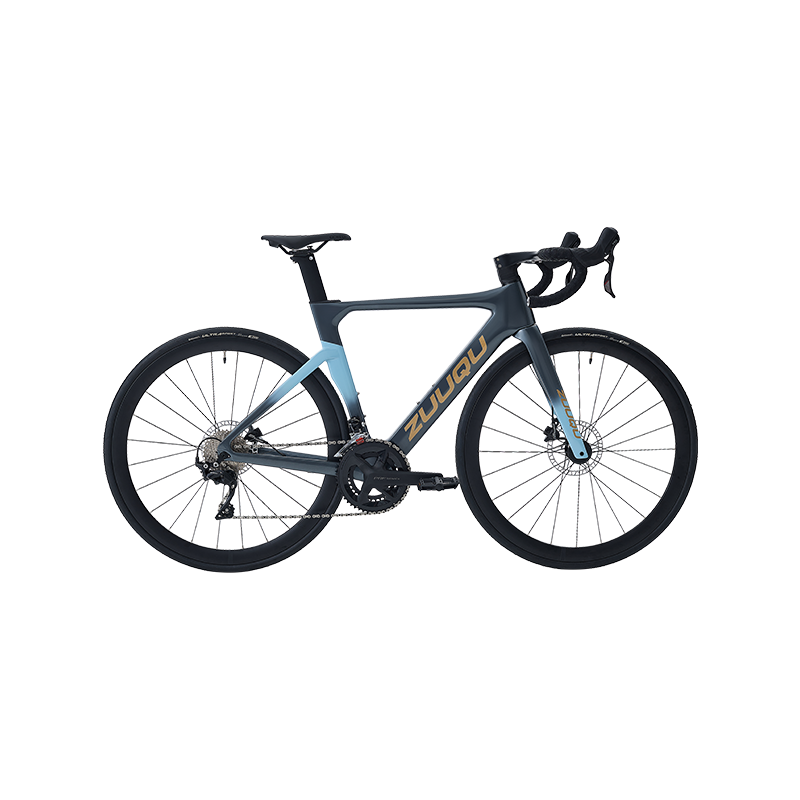
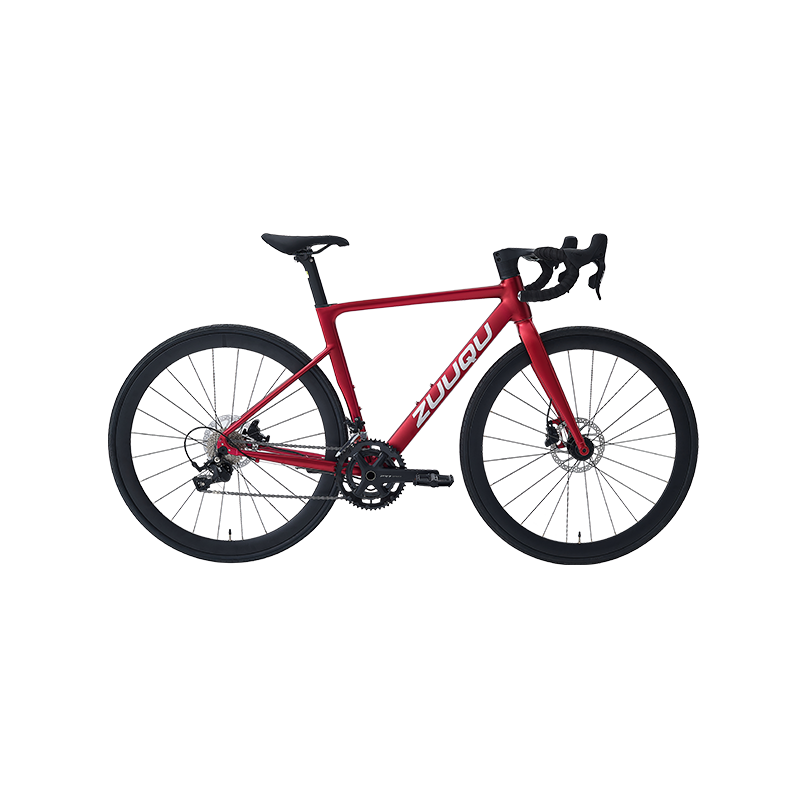
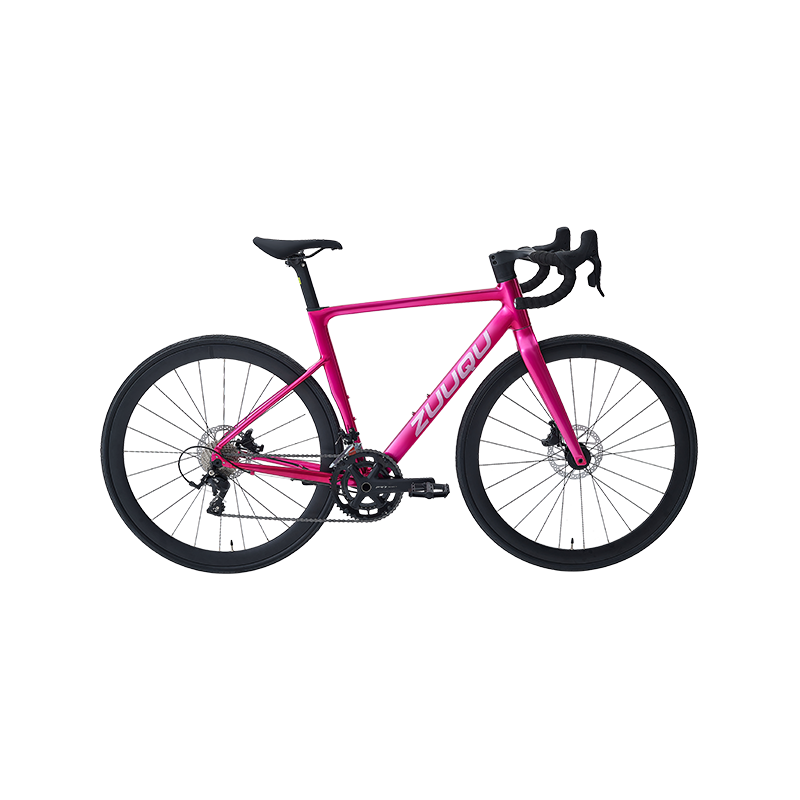

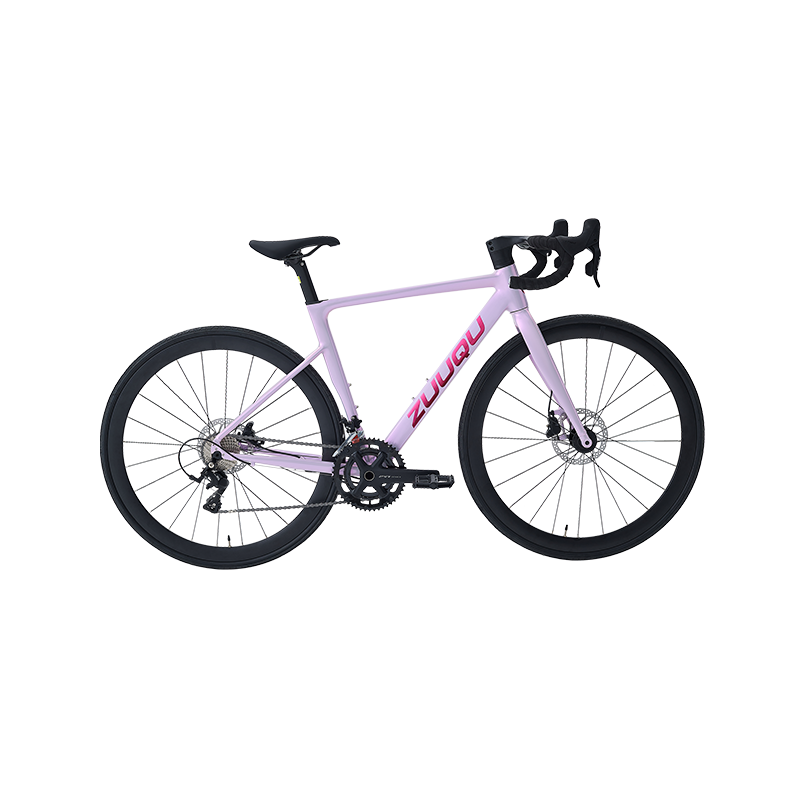
 Linhang industry park, Zhuji,
Linhang industry park, Zhuji,  +86-18858280688
+86-18858280688
